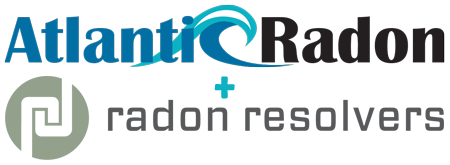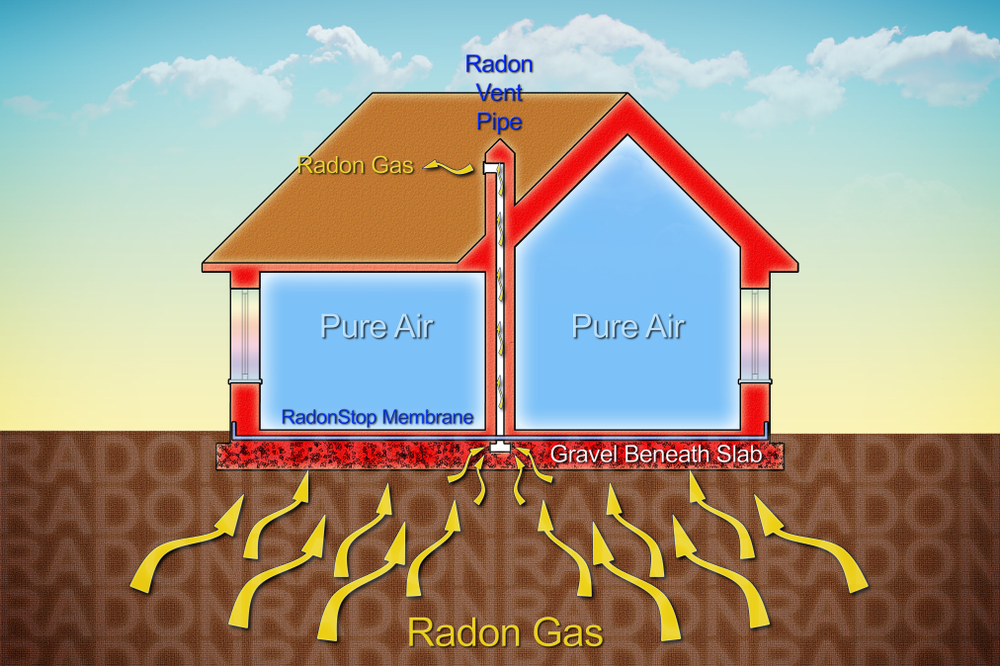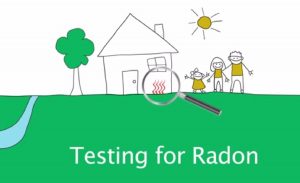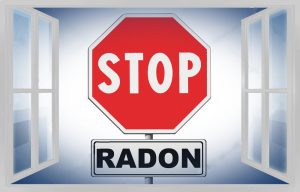Not many people are aware, but radon gas is all around us. The invisible and odorless gas is naturally formed by radioactive metals like radium breaking down in the rocks and soil. This gas with radioactive properties then seeps out of the ground and into all areas of breathable air.
Why is Radon Mitigation Important?
When you think about pollutants, you’d most likely think about what you’re exposed to outdoors and not indoors. But some poolutants can cause adverse harm to your health even inside your home. Radon gas may be present everywhere, but it is the most lethal when highly exposed, undetected, at home.
- If left untreated, the gas levels inside your home will continue to rise.
- The more you are exposed to this gas, the higher the chance you’ll develop lung cancer – even if you’re not a smoker.
- In fact, radon gas is the second leading cause of lung cancer behind cigarette smoke.
Know more about radon gas, how it can affect you, and what you should be doing to mitigate the issue.
The Top 5 Radon Mitigation Related Myths You Probably Believed In
Statistics show that 1 in every 15 houses in the US contains dangerous levels of radon gas. There is a high probability that the home you live in or the office you frequent has high levels of radon and you may require professional help from radon mitigating experts to solve the issue.
If you do additional research into radon gas, you are bound to come across a few “myths” being passed off as facts and it can be difficult to know what is accurate. In the following blog, we will be debunking five of the most common myths related to radon gas and radon mitigation.
Myth #1 – Properties with high radon levels cannot be fixed
Just like other radioactive gases, radon gas also goes through radioactive decay. This means that the gas will dissipate and disappear over time. However, this is only recommended if there are trace amounts of the gas in the air. If radon gas levels are high, there are methods to removing the gas from inside the property that a certified radon contractor such as Atlantic Radon can use.
Radon mitigation systems will be installed on your property to either extract all the gas or prevent it from entering the property. It doesn’t matter how high the radon levels are. With the proper treatment, up to 99% of all radon gas can be extracted from any property (a gas cannot be 100% eliminated) and will be safe for living.
Myth #2 – Testing for radon is a difficult, unnecessary, and time-consuming process
On the contrary, radon testing is a simple process. You can either choose to do it yourself or call a professional company to test the property for you. You can purchase off-the-counter testing kits when necessary. According to health guidelines, these are the radon gas levels you need to measure and be mindful of:
- Between 2 – 4 pCi/L – Rising radon levels. Would be safe to inspect and treat as required.
- Above 4 pCi/L = Dangerous levels of radon gas that needs to be dealt with immediately
Myth #3 – Radon is not a serious problem to be aware of
This is the same type of myth floating around as “tobacco and alcohol are 100% safe to consume”. They are not built on scientific evidence. Recent statistics show that over 20,000 deaths occur each year in the US due to radon-related lung cancer.
These are deaths that are acknowledged as preventable by top medical organizations like the American Medical Association. If you’re a smoker or are in the presence of people who smoke, the risk of developing lung cancer is much higher.
Myth #4 – Only certain areas are at risk of exposure to radon gas
Radon can form anywhere on the planet. It doesn’t matter where you live, radon is always present in the air. It can easily seep into your home from underground. Even the type of house you live in can’t prevent it as the materials used for construction, and the surrounding earth can create radon gas.
Myth #5 – Testing water and neighboring properties is enough to check radon levels
Radon levels are not the same everywhere and can vary greatly over a short distance. It’s why a negative test for your neighbor does not mean that your property is safe. Also, many people have taken to testing the water instead of the air for radon. Radon is most prevalent in the air, so focus should be placed there instead.
There are countless false ideas about radon gas online. Don’t wait if you’re living in a home that was built a while back.
Hire a professional radon mitigation contractor to lower the radon levels in your home, and carry out long-term tests to ensure you’re safe.
Contact Atlantic Radon to set an appointment with a team of radon mitigation experts and get a free estimate before you commit. Take charge and safeguard your home today!




